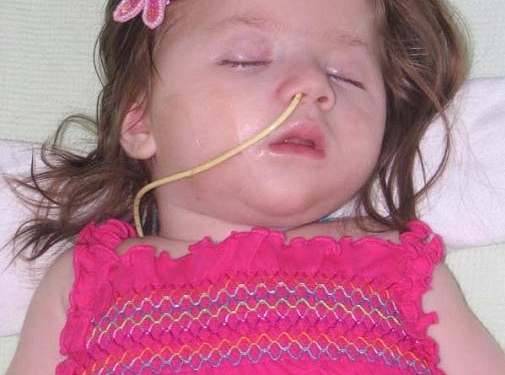Krabbe Disease Symptoms, Causes, Diagnosis and Treatment

What Is Krabbe Disease?
It is a genetic disorder wherein the protective coatings, (medically termed as myelin) of the nerve cells present in your nervous system and brain are damaged. Furthermore, in majority instances, its symptoms arise in babies younger than 6 months, often, it consequents in death by reaching the age of 2. If Krabbe disease develops in adults and older children, then its course tends to vary.
Unfortunately, the disease is incurable. However its treatment centers on supportive care. A worth mentioning treatment option, stem cell transplant, has proved some success in the patients of krabbe disease, if the patients are treated before its symptoms emerge.
What Are The Symptoms Of Krabbe Disease?
- Early-onset: vomiting, vision loss and hearing loss that proceed to complete blindness and deafness, fevers, severe seizures, sensitivity and irritability to loud voices or sounds, feeding difficulties, failure to thrive and decerebrate posturing.
- Late-onset: initial symptoms may appear as vision problems, pursued by rigid muscles and walking difficulties.
Clearly, symptoms may vary from patient to patient; whereas some other symptoms can also emerge.
When Is The High Time To Seek Medical Assistance?
Do not delay to call up for an appointment with your doctor in case your child develops the above mentioned symptoms of Krabbe disease. More specifically, abnormal posturing, consciousness loss or seizures can be few emergency signs when the patient needs prompt medical assistance.
What Causes Krabbe Disease?
As mentioned earlier, it is an inherited disorder that indicates that an individual inherits krabbe disease from her/his parents. Genetic mutations are responsible for triggering it. They affect the message forwarded by the gene to the body cells. A child with krabbe disease receives an abnormal gene transmitted by both the parents. In addition to this, abnormal gene consequents in the deficiency of GALC- galactosylceramidase, a significant enzyme our body needs.
The disease has two types:
- Early-onset: it usually occurs before the baby turns 6 months.
- Late-onset: it occurs in early adolescence or late childhood.
What Are The Possible Complications Of Krabbe Disease?
Krabbe disease affects the central nervous system. This can lead to:
- Great problems with the tone of muscle.
- Deafness.
- Blindness.
Often, the disease is fatal.
How Is Krabbe Disease Diagnosed?
The doctor will possibly examine the patient’s eyes first, wherein the retina may reveal the damage of optic nerve. Signs of unusual posturing plus dumbness are observed in the advance stages of Krabbe disease. Few tests, the doctor can suggest include:
- MRI (head).
- CSF total protein.
- Blood test.
- Nerve conduction velocity.
- Testing for defect in GALC gene.
How Is Krabbe Disease Treated?
Unfortunately, there is no treatment for Krabbe disease, and is incurable. Few individuals, in their initial stages opt to have a bone marrow transplant, though the treatment has some risks.
The outcome is poor, as infants diagnosed with Krabbe disease die before reaching their age of two.
Prevention:
For people with a family history of the disease are strictly advice to have genetic counseling if they are planning a baby. In order to determine, whether or not you have the gene for the disease, the doctor will carry out a blood test.
By : Natural Health News




